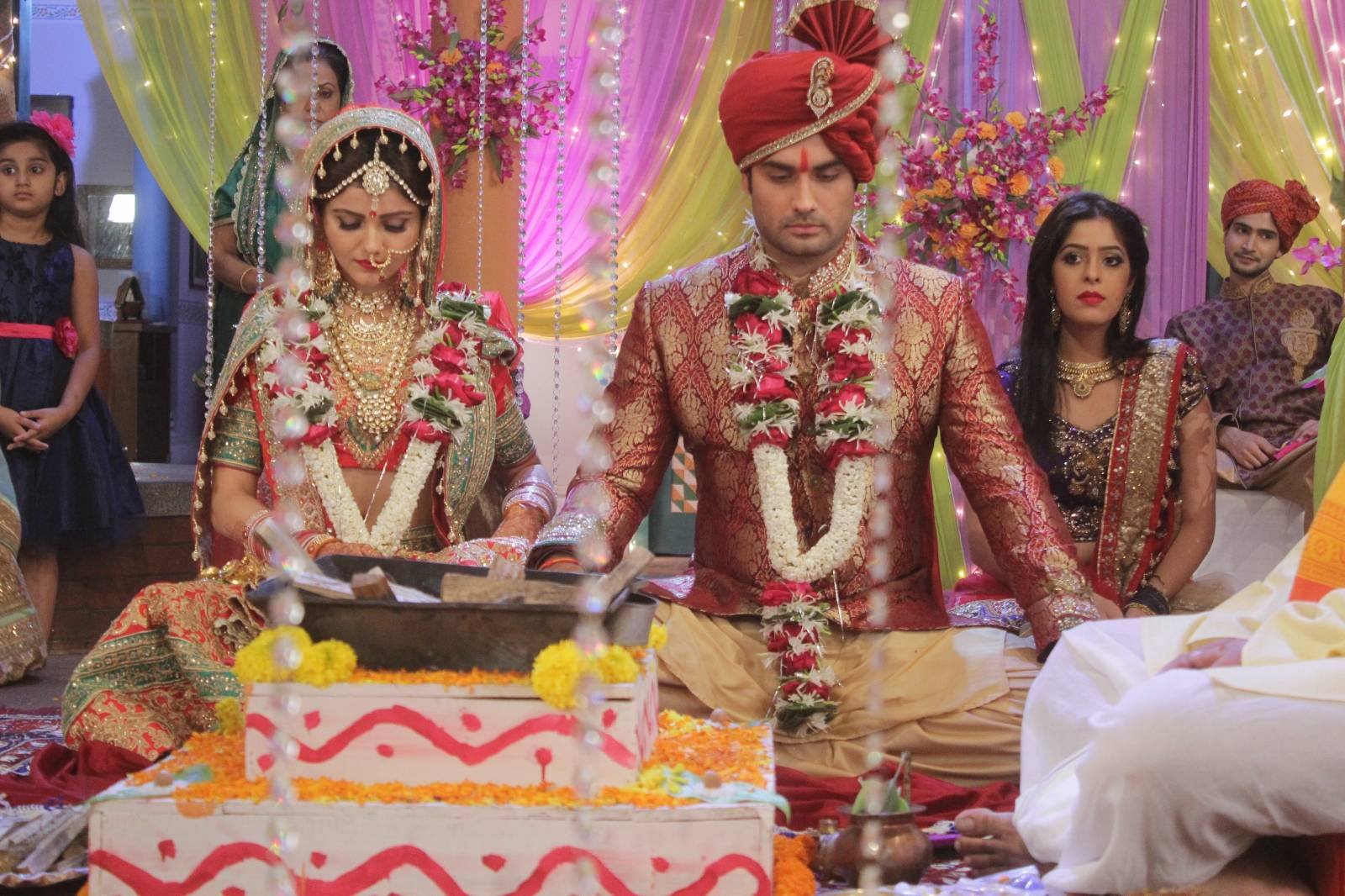
Rohini Banerjee/Pahichan – The Indian daily soap is a veritable maze that I still haven’t been able to navigate in its entirety.
While the overwrought saas-bahu dramas (that span decades) are still going strong, Indian soap operas have now apparently also branched out into the supernatural genre, with naagins and taantriks galore. Hence, when I heard that one such Indian soap called “Shakti” (and on Colors, no less) was to have its female lead “realise that she was Kinnar,” I was baffled, and then, thoroughly intrigued. I decided to brave the melodrama and, trying my best to keep an open mind, sat down to watch the fateful “one-hour special episode” where her identity is revealed.
As the episode unfolded, we were met with the protagonist, Soumya, the simpering newly married bride whose default expression seems to hover between that of confusion and utter despair (perhaps, she was well aware of the train wreck this episode is heading towards). The exacting, evil mother-in law (played by Kamya Panjabi) reeked of patriarchy from the get-go—asking her to “dress up” because apparently, newlywed wives had to do so to “please” their husband; and then, bestowing upon her a “Mata Ki Chunari” so that she can conceive a male child. Predictably, Soumya drops the chunari (accompanied by some highly cringe-worthy background music) and causes an “apshagun,” which in Indian TV language, stands for impending disaster.
10 minutes in and the show was already exposing its prejudices. Of course this show wasn’t going to turn out to be a flag-bearer of equal rights, and a part of me had always known that, even when I tried to be as unbiased about it as I could. But I gritted my teeth and kept watching.
The central conflict of the episode (I kid you not), was the protagonist and her husband trying to get laid (aka the “suhaag raat“), and failing to do so. While the earlier “apshagun” had already sounded the death-knell for all hopes of a fulfilling suhaag raat, it turns out that the ill omens were a-plenty. The husband (who’s basically an entitled man-child, and the stuff of feminist nightmares) loses a gold chain which he was going to gift Soumya on their much agonized over “special night”. But sadly, the bigger ill-omen here is the dialogue, in which the guys laments (again, I kid you not): “Suhaag raat ki saari choreography kharab ho gayi.” (All my choreography for the suhaag raat is ruined.)
Now let’s fast forward to the raat itself. The entitled man-child turned out to also be borderline abusive (what a surprise) and emotionally manipulated Soumya like a pro. Frustrated at Soumya’s unwillingness to have sex, he issues her an ultimatum—nearly threatening divorce unless she agrees to sleep with him. Full points for totally not getting her explicit consent, Mr. man-child.
The plot from here onward became so thoroughly absurd that I stopped paying attention. One thing lead to the other, and Soumya is fortunately saved by the bell (literally, a bell rings) and is somehow summoned to a mysterious mandir, where, ultimately (*drumroll*) it is revealed to her that she’s kinnar.
But the revelation is hardly a welcome one. The show tells us that the kinnar community—who here are portrayed as some sort of near-satanic cult—have been following her every move since childhood and have even messed up a lot of things in her life without her realising it. At one point, Soumya likens being kinnar to being a “chudail” (witch), and that was pretty much the last straw for me.
Here’s the thing: The kinnar community is a cultural group of transgender people in North India, who have their individual, diverse identities—and are the farthest thing from an evil cult. In fact, many from the kinnar community have gone on to break barriers through their mainstream achievements—foremost of which is Madhu, who became India’s first kinnar mayor (in Raigarh).
But in this episode, the kinnar identity is surrounded by shame and stigma, severely demonised, and the community is turned into a band of villains. What’s worse, Soumya’s identity is treated as a hurdle to be overcome, rather than be accepted as something natural and legitimate.
The fact that the only Indian show remotely featuring a trans woman is actually ridiculously transphobic didn’t really come as a surprise to me. In a popular culture which constantly misrepresents and stereotypes trans people, expecting nuance (especially from a soap opera) is perhaps asking for too much. But it’s 2016—so shouldn’t we start raising our standards by now? Isn’t it high time that our television shows finally became socially aware and stopped perpetuating patriarchal (and in this case, transphobic) myths? I am still waiting for the day that we have a mainstream trans protagonist who’s unapologetic of their identity, but by the looks of it, it seems like that day is pretty far off.
This article was originally published here on http://www.youthkiawaaz.com/
Copyright © All right reserved to pahichan.com Site By: Sobij.